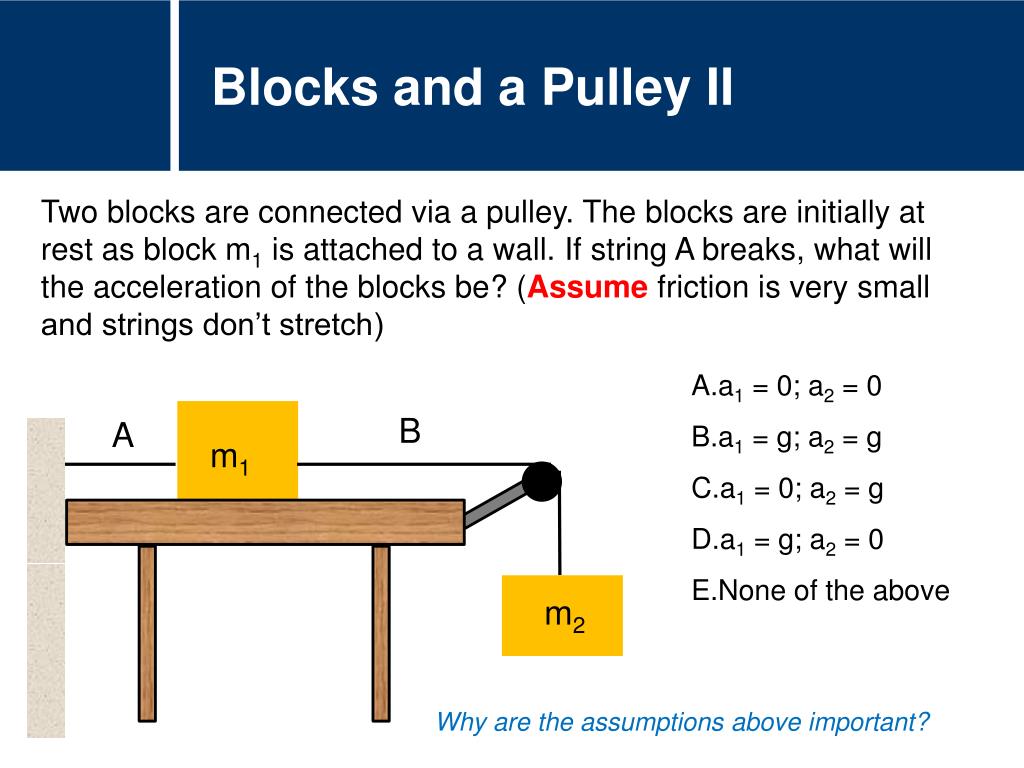

String theory holds that the fundamental constituents of subatomic particles, including the force carriers (e.g. Mathur of Ohio State University, with postdoctoral researcher Oleg Lunin, proposed via two papers in 2002 that black holes are actually spheres of strings with a definite volume they are not a singularity, which the classic view holds to be a zero-dimensional, zero-volume point into which a black hole's entire mass is concentrated. In some types of superstring theory-the basis of fuzzball theory-the extra dimensions of spacetime are thought to take the form of a 6-dimensional Calabi–Yau manifold. Strings are thought to be bundles of energy vibrating in complex ways in both the three physical dimensions of space as well as in compact directions-extra dimensions interwoven in the quantum foam (also known as spacetime foam). įuzzball theory replaces the singularity at the heart of a black hole by positing that the entire region within the black hole's event horizon is actually a ball of strings, which are advanced as the ultimate building blocks of matter and energy. Modern physics breaks down when such parameters are infinite and zero. The singularity at the heart of the black hole, where conventional black hole theory says there is infinite spacetime curvature due to an infinitely intense gravitational field from a region of zero volume.

The information paradox wherein the quantum information bound in in-falling matter and energy entirely disappears into a singularity that is, the black hole would undergo zero physical change in its composition regardless of the nature of what fell into it.The theory attempts to resolve two intractable problems that classic black holes pose for modern physics: (Artist rendition)įuzzballs are theorized by some superstring theory scientists to be the true quantum description of black holes. Here, the edge of the central dark spot, the event horizon, delineates not only the threshold where its escape velocity equals the speed of light but also a fuzzball's physical surface.

Theorized fuzzballs, like classic black holes, distort spacetime and bend light.


 0 kommentar(er)
0 kommentar(er)
